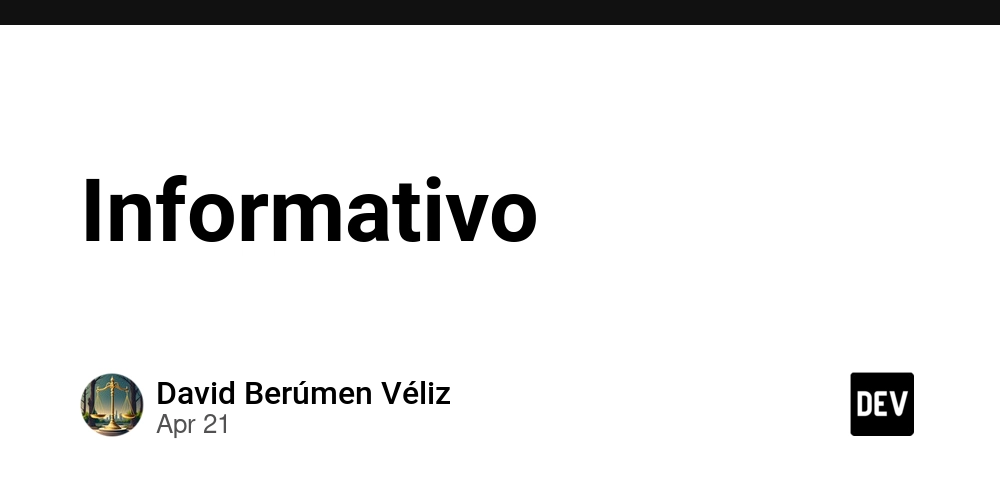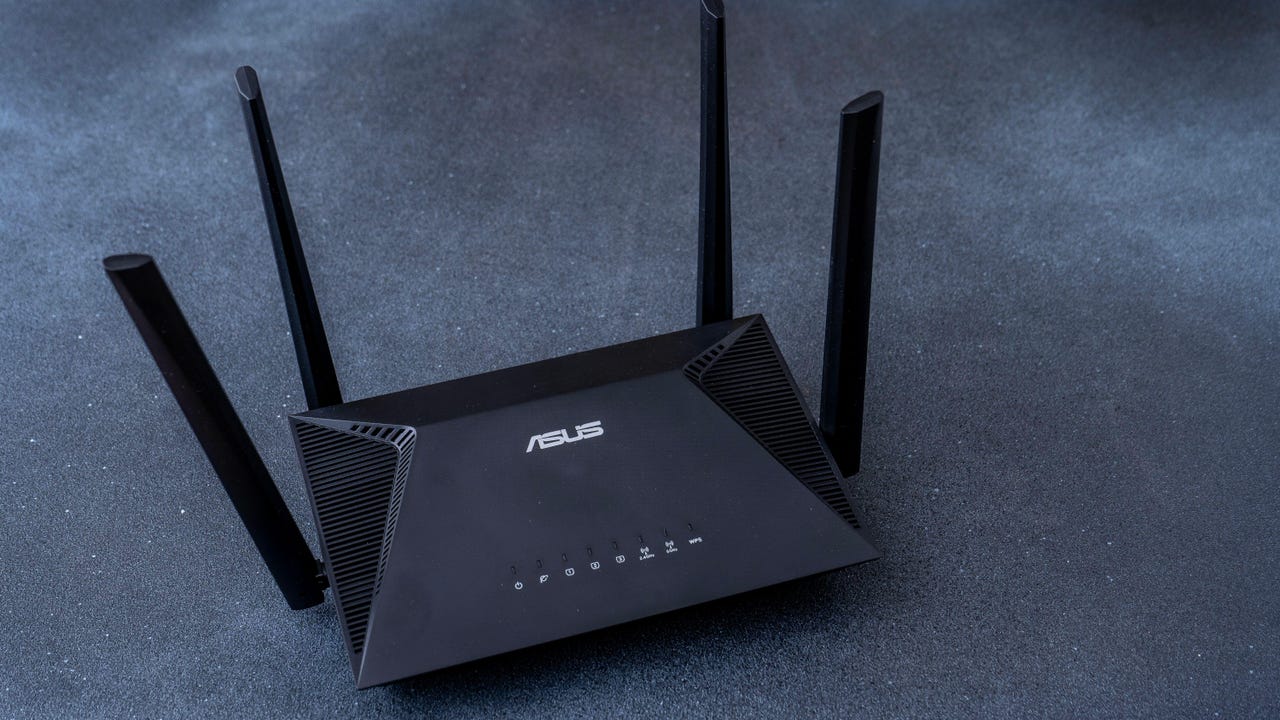Head Start’s Future Is Uncertain. Rural Americans Aren’t Ready for What Happens Next.
“I think that they are going to, in the next four years, do all they can to try to dismantle the Head Start program,” says Joel Ryan, executive ...

Along the Canadian border in north central Washington’s Okanogan County, where the closest major city is at least 100 miles away and infrastructure is sparse, the Okanogan County Child Development Association oversees nine Head Start centers in the region.
In an area where wages haven’t kept up with inflation, forcing working families to make measured financial choices, these centers provide child care to nearly 160 area preschoolers, toddlers and infants who are living at or below the federal poverty level. Jodi DeCesari, the association’s executive director, says that lately she’s received a lot of inquiries.
“There are families that ask, ‘Are you closing?’ or, you know, ‘Should I be worried?” DeCesari said. “Do I need to find child care?”
The calls come as Head Start leaders try to anticipate whether the Trump administration will get rid of the War on Poverty-era program that has helped an estimated 40 million families outlive poverty. The program, which turned 60 this year, was earmarked for elimination in Project 2025 — the governing playbook by the conservative think tank Heritage Foundation that is guiding the current administration’s cost-cutting policies.
There are families that ask, ‘Are you closing?’ or ‘Should I be worried?’— Jodi DeCesari,
Okanogan County Child Development Association
So far, the Trump administration has tightened funding access for grant recipients, laid off Office of Head Start employees, disbanded Head Start’s regional offices in mostly blue states and territories, and fired staff from the office that oversees basic needs programs like Head Start, as well as Supplemental Nutrition Assistance Program (SNAP) and Medicaid. As Head Start leaders wait for the White House to release its fiscal year 2026 budget, which is reported to include a proposal for the outright elimination of Head Start, rural providers reckon with the resulting consequences their communities will endure.
Cuts Will Hurt Rural America More
Child care providers in rural America are not prepared for Head Start to go away because in rural America, one in three child care centers are Head Start programs. A report from the Institute for Child Success points out that 86 percent of rural counties have a Head Start center. In some communities, it’s the only source of child care available.
This, and more than half of urban, suburban, and rural communities are considered child care deserts based on the three children to one licensed child care slot available ratio. Data from 35 states suggests that child care deserts are more prevalent in urban and rural areas, but rural areas are further disadvantaged by licensed worker shortages in education, healthcare, transportation, and other relevant fields.
And funding for Head Start has been historically lackluster at best for years — some argue since the initial planning period in the 1960s when two committee members reduced the cost per child for an eight-week pilot program from $1,000 to $180 over an hour’s lunch, as Edward F. Ziegler, “The Father of Head Start,” detailed in his 2010 book The Hidden History of Head Start. While the program has served many children and families over the years, fewer than half of qualifying preschoolers and one-tenth of infants, toddlers and expecting mothers receive the social support benefits.
This is as true in Okanogan County, Washington, as it is anywhere nationwide. But in Okanogan County, where 28 percent of children are living at or below the federal poverty level and 11 percent of elementary school children are unhoused, the need for affordable child care is dire. A recent needs assessment found that over 80 percent of the county’s child care needs aren’t being met, DeCesari said.
“We have families that need extended hours with [agricultural jobs], families that actually need their kids dropped off at 6 a.m.,” she said. “We have other families that work swing shifts — they’re having a hard time hiring and recruiting healthcare workers here — and they need swing shift child care. But child care providers and Head Start programs, they all don’t really have the funding to staff that and to operate those hours.”
Access to pediatric care can also be limited for families lin rural areas. Children enrolled in Head Start receive more access to comprehensive care, including annual physicals, trips to the dentist, disability testing and an overall focus on nutritional services. Often, these families won’t have health insurance, making Head Start’s intervention critical, given that early detection in early childhood can lead to more cost-effective and lasting treatment options. Pam Johnson, executive director of Jefferson-Clarion Head Start in western Pennsylvania, discovered this in practice shortly after instituting the program’s Early Head Start services a decade ago.
“We did a hearing screening on a child and noticed that there must be some kind of issue,” Johnson said. “When we referred that child to a physician, they were astounded that we caught it. Had it not been caught at that age, it could have meant permanent hearing loss for that infant.”
Early Head Start and Head Start programs work with families to ensure enrolled children are immunized from serious diseases like measles, whooping cough, polio and tetanus, among others. Many providers expressed concern for the program’s future, given Department of Health and Human Services Secretary Robert F. Kennedy Jr.’s defense of the well-debunked claim that vaccines cause autism.
Given that providers work closely with families and teachers to identify and assist children with disabilities, Joel Ryan, executive director of Washington State’s Head Start and early childhood assistance programs, was already wary of what Kennedy might do to the program. Eliminating the six federal staff from Seattle’s regional office on April 1 without issuing further guidance clarified things for him.
“I think that they are going to, in the next four years, do all they can to try to dismantle the Head Start program,” said Ryan.
I think that they are going to, in the next four years, do all they can to try to dismantle the Head Start program.— Joel Ryan, executive director of Washington State Association of Head Start
Lack of communication and guidance from the Office of Head Start has been par for the course for providers in recent months. In between rolling funding blackouts in the winter and regional layoffs this spring, the Office of Head Start sent program providers two directives: one was an urgent request for Head Start programs to promote healthy eating, the other an advisory for programs to review their annual funding applications for any mention of diversity, equity, and inclusion (DEI).
With limited information and lots to speculate about, Head Start providers can’t say for sure whether their funding is on the way, which is already resulting in child care centers having to close indefinitely.
In central Washington, child care centers which served roughly over 400 children and families closed April 15 because they never received notice that the other installment of their grant funds will be awarded. Without the regional program specialist, who helped centers with everything from submitting grant applications to addressing technical issues with payment systems, several Washington programs have been left to wonder whether they will receive the second half of their funding in time.
DeCesari, who is expecting the second half of the year’s grant funding in the coming months, says that she doesn’t know what to expect. the second half of funding to come in the coming months. is up for grant review in the coming weeks, and says she doesn’t know what to expect.
“I'm not not concerned, but I'm kind of waiting to see what plays out over the next week or two,” DeCesari said.
Advocates Not Ready to Give Up
Historically, Head Start has always faced challenges to its consistent operation, subject to the whims of whichever administration was at the helm of the executive branch during any given presidency.
As Head Start leaders anxiously wait for an official word from the Trump administration, providers brace for the worst. They anticipate program losses to have an outsized, detrimental impact on remote communities.
DeCesari says that every community partner, from the mechanic who outfits the bus that the bus driver uses to transport the children, to the family-owned grocery stores and farms the program purchases nutritious foods from, would feel the economic impacts of Head Start’s absence. All this in addition to the families without access to child care who, as a result, are unable to participate in the workforce.
“When you’re talking about losing those kinds of slots in any of our especially rural communities, you’re talking about a huge hit to the economy,” she said. “It is above and beyond what our organization puts into the economy, because now you’re losing all of what those families put back into the community. You lose working families.”
Throughout Head Start’s history, administrations interpreted “school readiness” differently across party lines. Whether it was meant to improve social-emotional behavior or generate boosts in child IQ has been debated for well over 60 years.
But it’s worth noting the original planning committee did have a vision. In his Hidden History of Head Start, Ziegler wrote that improving children’s physical health and abilities, assisting children with emotional and social development, teaching them letters and numbers, and working with their parents on individualized goals to promote self-sufficiency were all part of the original design. Different administrations have interpreted the mission of Head Start to favor some aspects over others. Narrowing the view of the program’s scope, advocates argue, misses the point.
“I think [Head Start] does set children up for school readiness, but with the understanding that school readiness is so much more than just academics,” said Casey Peeks, senior director of early childhood policy with the Center for American Progress. “Like, you’ll do better if your parents are financially stable when you enter kindergarten. You’ll do better if you have the social skills and have been in a school setting prior to kindergarten.”
I think Head Start does set children up for school readiness, but with the understanding that school readiness is so much more than just academics.— Casey Peeks,
Center for American Progress
Research demonstrates that the two-generation holistic approach benefits children both in the short and long term. Families involved in the program see lower rates of child protection intervention, higher graduation rates from K-12 and higher education institutions, and lower rates of criminal justice system involvement.
It’s also proven to be cost-effective. Researchers at UCLA and the University of Nebraska found in a 2021 study that the government makes an estimated 5 percent to 9 percent profit each year for a minimum of 30 years for every child that goes through Head Start, because the program promotes sustainable self-sufficiency. The government saves on public assistance and gains more tax revenue from the higher wages participants earn over time.
Partnerships with local nonprofits and businesses are of mutual benefit to communities with Head Start programs. For instance, the Okanogan child care association partners with local housing providers to help Head Start families obtain stable housing. And while robust community partnerships can reinforce vulnerable programs, resource pooling isn’t always a viable option for nonprofits serving low-income communities.
“None of these people have money—that’s really what it boils down to,” said Ryan of Washington’s Head Start program. In a lot of communities, Head Start really is that anchor place where it’s providing all these different services and supports.”
Parents who have gone through the program with their children can attest to those services and supports. These individuals are often tapped for parent ambassador programs like one organized by Ryan’s office.
Goretti Manzo, now a bilingual parent coordinator with the Washington State Association of Head Start and early child care program, started out as a Head Start parent. She first went through the program with her eldest son. At the time, she was a young, single mother who needed guidance on how to best care for a 3-year-old. As her son was in the classroom learning to count, Manzo was learning what adjustments she could make to help her child be successful in kindergarten and beyond. She later went back to school for her bachelor’s degree. But when she was asked to join the Washington State Parent Ambassadors program nearly 20 years ago, Manzo hesitated.
“Just because I didn't like talking in public — I didn't think that I had any story to tell,” Manzo said. “But I wanted to advocate for my kids, so I started the program.”
Manzo has since testified before Congress. Through the experience, she’s learned the value of her story — that she is her children’s biggest supporter and advocate. Parents who have gone through Head Start alongside their children have gone on to learn English, complete high school equivalency programs, attend two- and four-year colleges. Some have gone on to earn advanced degrees. The program works, advocates say.
Which is why Head Start leaders aren’t ready to give up on it, noting it would be much more efficient for the program to receive more federal funding, not elimination and the possibility of having to build something new, eventually. Some programs that have had to close reopened after advocates appealed to their congressional delegations.
Manzo and other advocates say parents are best positioned to argue for Head Start’s preservation. Calls to eliminate it stem from two different interpretations of the American Dream, she says. In one version, everyone has a chance at a good life, as long as they work hard and demonstrate unwavering resolve. In the other, only certain people have that chance.
“I have seen parents, they’re recovering and they’ve had setbacks and their life and their story is so incredible because of that chance they were given,” said Manzo. “By that being allowed, their children are thriving, whereas if they hadn’t been there, their children could be in the system. Their children could repeat that cycle. But because they were allowed to have that chance, now their children are going to break those cycles and they’re going to become better.
“And that’s what people don’t understand,” Manzo added. “It’s not just the parent that you are limiting, it’s the children that are following — and that’s our future.”


















_Tanapong_Sungkaew_via_Alamy.jpg?width=1280&auto=webp&quality=80&disable=upscale#)















































